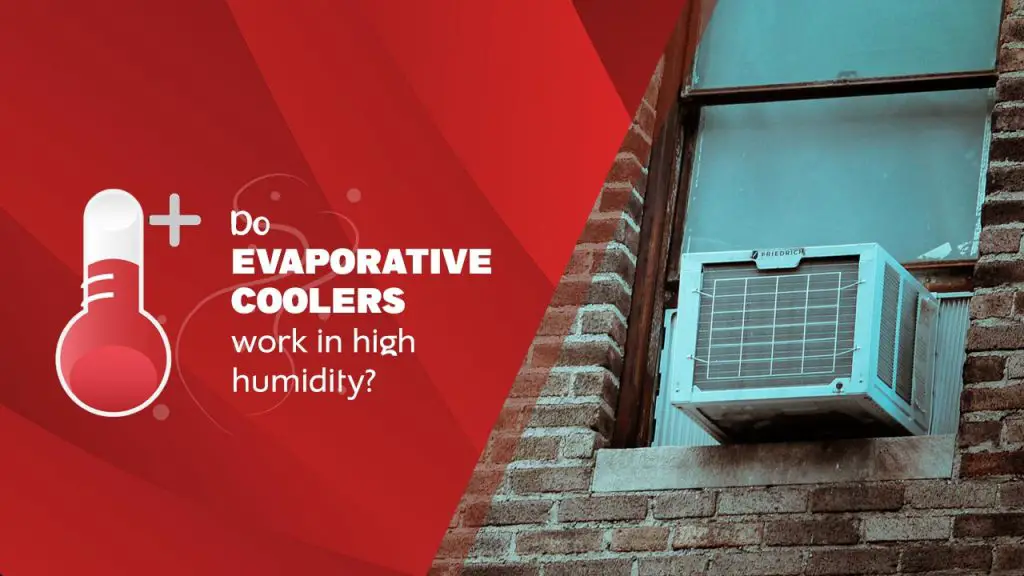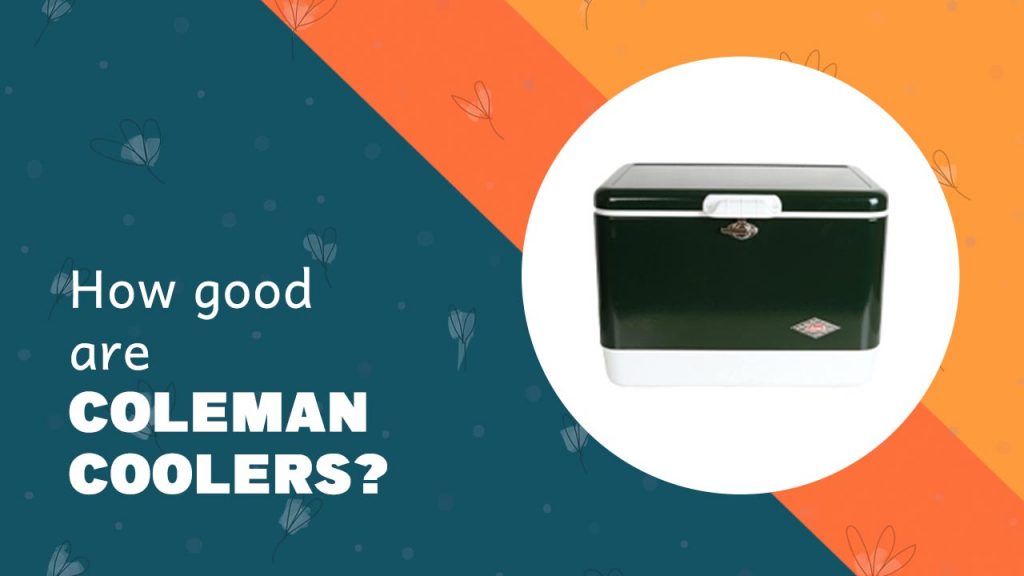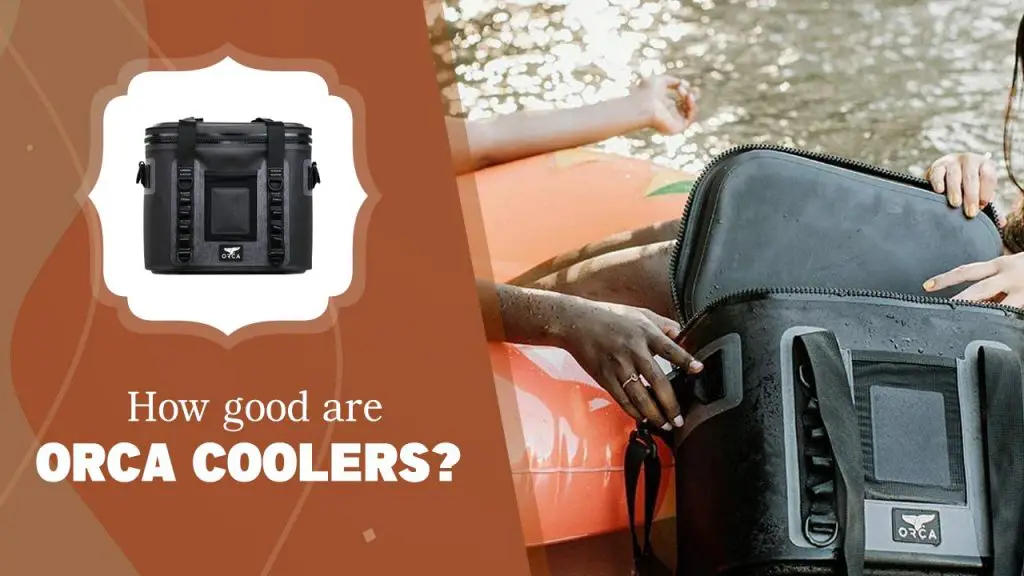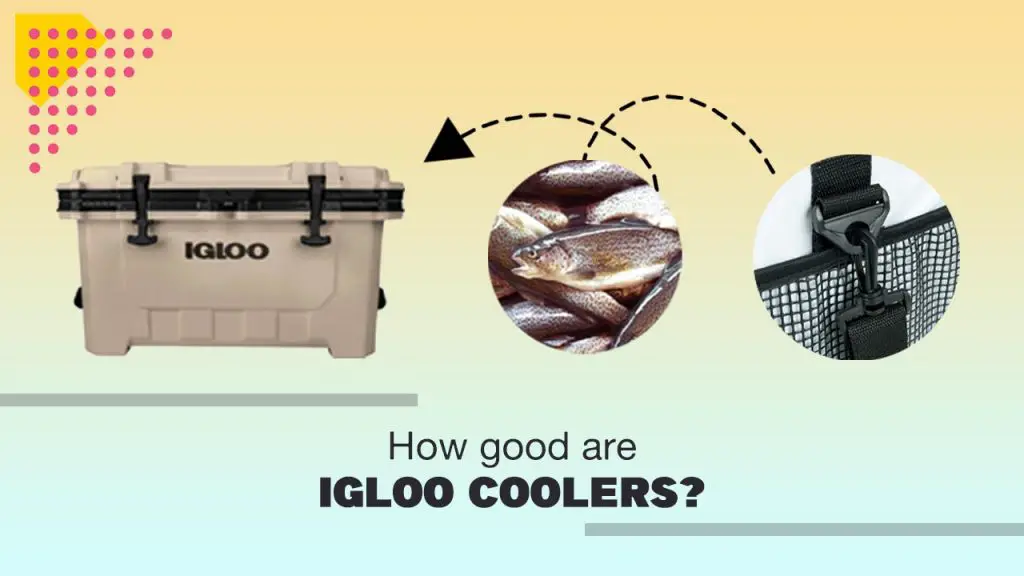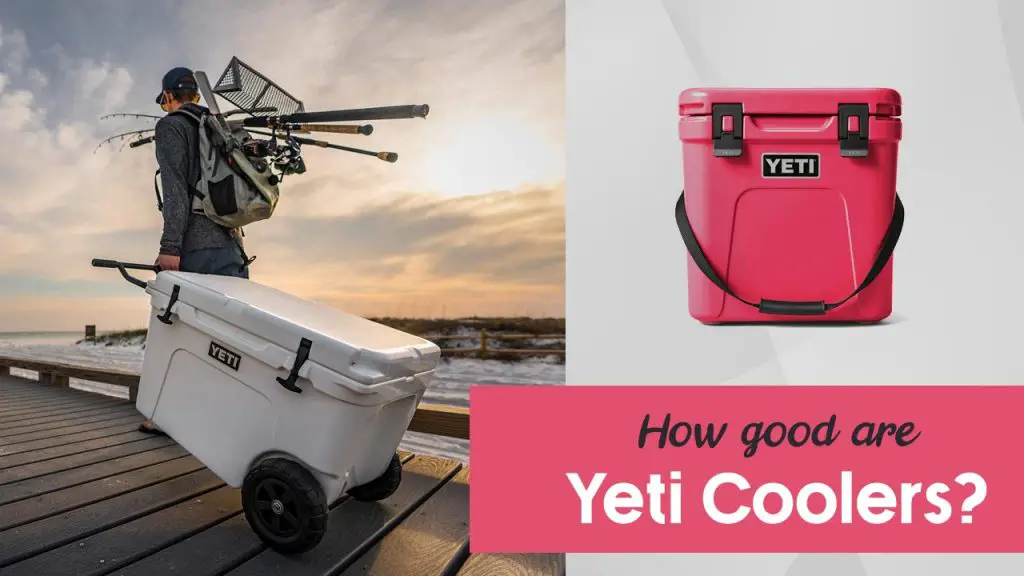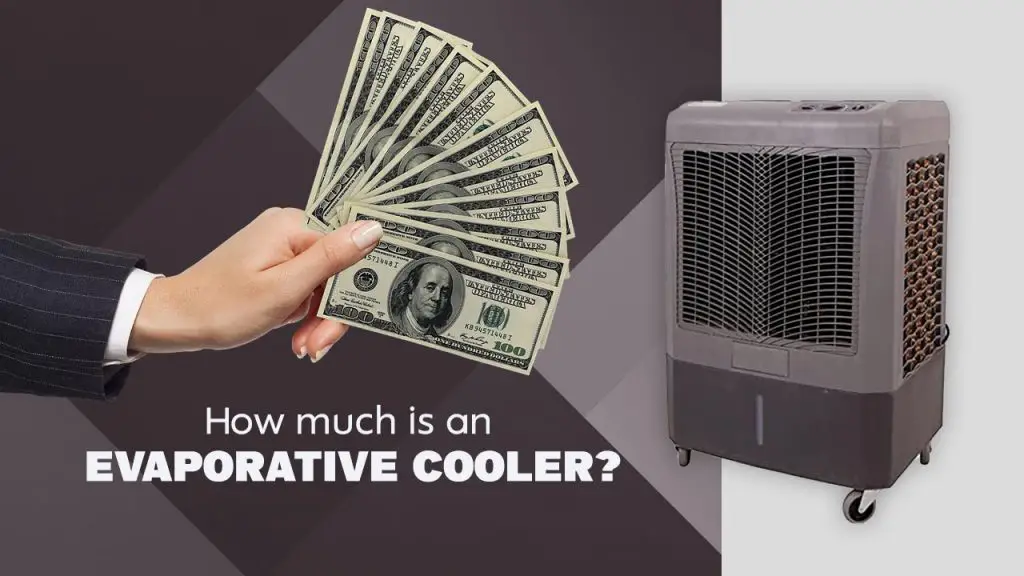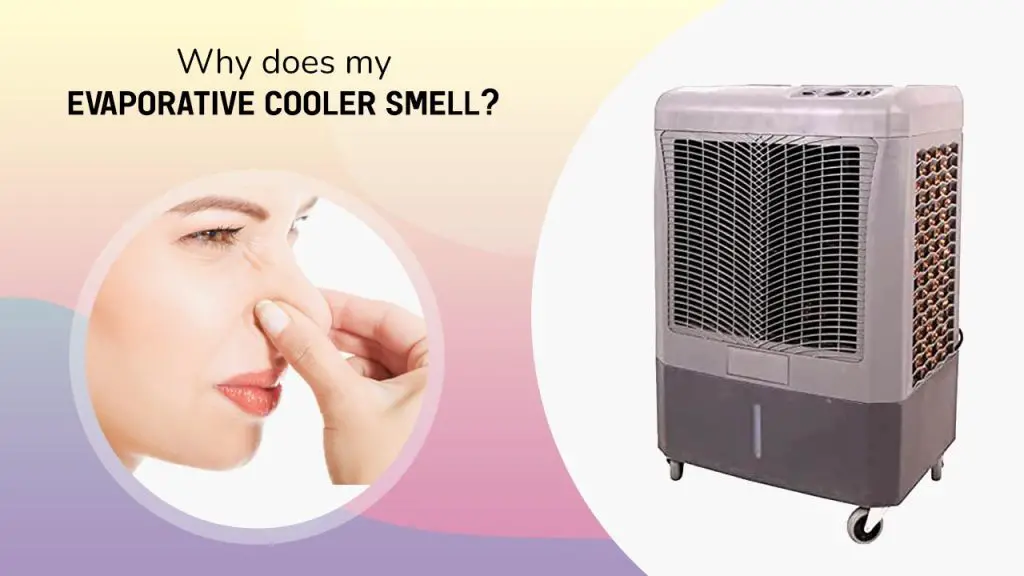Evaporative coolers, also known as swamp coolers, work on the principle of moisture evaporation. They feature water-saturated pads which fans blow air over to evaporate the water as vapor and help to reduce the indoor temperature by as much as 15° to 40°F.
The good thing about evaporative coolers is that windows can be partially opened, allowing warm indoor air to find its way out of the room while fresher outdoor air is allowed into your home.
However, relative humidity has been identified as a factor for determining just how well an evaporative cooler works.
Do evaporative coolers work in high humidity or do they work better when humidity is lower? These are questions that have come up in our daily conversations of how evaporative coolers work and whether they work better in certain regions than in others.
We’ll unravel these mysteries in the course of this article and tell you just how best to use your evaporative coolers.
Do Evaporative Coolers Work in High Humidity?
The general answer is Yes. Evaporative coolers work in high humidity, but the question should be whether they are as effective in high humidity as they are in low humidity.
Truth is, evaporative coolers work better in drier and hotter climates because that is when the effect of introduced water vapors in the air will be felt.
For direct evaporative coolers, the higher the humidity, the more difficult it is for evaporative coolers to perform. Largely, this depends on the type of evaporative cooler you’re using. There are two major types;
1. Direct Evaporative Cooling System
The direct evaporative cooling system is more or less what is already described above. It is more common than the indirect/direct type. Here, water is evaporated into the room’s air by blowing a continuous stream of air over a moisture pad or humidifier.
Much of the air is pulled in from outside and the vaporized air is supplied throughout the room to reduce temperature.
However, while 100% of the cooling effect of the system is felt in the room, highly humid rooms are not able to absorb much moisture and will not enjoy much cooling effect from the unit.
2. Indirect Evaporative Cooler
Unlike the direct system, the indirect evaporative cooler uses the technology of heat exchange to ensure internal and external air are never mixed.
Here, Cool outdoor air is pulled in and cooled by humidifying it and moved into the heat recovery unit before it is immediately exhausted.
In the same vein, indoor air is drawn into the heat exchange unit, where heat transfer is carried out, before it is re-introduced into the room. By this method, there is a continuous transfer of heat and humidity, which enhances the effectiveness of the cooler.
This is why the indirect evaporative cooling system performs better in high humidity than the direct evaporative cooling system.
What Humidity Is Too High for Evaporative Cooling?
We’d like to say above 75%. If you’re using an evaporative cooler in an area with relative humidity above 75%, you may feel some breeze, but there will be a very minimal effect on the room’s climate.
At about 65% humidity, the moisture content of indoor air is already too high, surpassing recommended levels.
But at 75% and above, it’ll be difficult for your unit to have any real impact on the temperature of your home. This is because there’s already too much moisture in the air and very little or no room for more.
So, if you live near the coast, in swamps or just by a lake, you may notice that your warm temperature doesn’t improve much when you deploy an evaporative cooler, this is most likely due to high humidity in the region, especially if you’re sure the unit is in great condition.
The best solution would be to use a dehumidifier first to reduce indoor humidity, before using your evaporative cooler. For humidity levels higher than 100%, you shouldn’t even bother using an evaporative cooler until you’ve taken care of the excess moisture.
Can You Use an Evaporative Cooler with A Dehumidifier?
This is a very complicated question. If you know the capacity of your dehumidifier and its operating mode, you may be able to achieve reduced humidity and improved cooling when you combine it with an evaporative cooler.
But if you don’t, it may be counterproductive, as you may achieve reduced humidity but not much cooling effect. This is because as a dehumidifier continues to work at certain levels, it produces more warm air that goes back into the room.
What you’ll get is drier, warmer air at the end of the day, but we don’t think that’s the reason for using an evaporative cooler in the first place.
We recommend you deploy your dehumidifier first to bring down the humidity level. You can run the unit for between 24-48 hours and turn it off before turning ON your evaporative cooler. This is why it is a better way to achieve cooler air.
You may also slightly open your doors and windows for a bit if you’re sure outdoor air has lower relative humidity than indoor air and run your evaporative cooler simultaneously.
And if all of these seem like a tall order, you can simply put both appliances aside and use an air conditioner instead.
What Is the Best Alternative to An Evaporative Cooler in High Humid Places?
Evaporative coolers are best in dessert and arid regions where the temperature is high but humidity is very low. In high humid regions, evaporative coolers may not work so well, so you’d need something else. For us, the answer is an air conditioner.
An air conditioner does not introduce extra humidity into the room, but pulls in the humid, warm air and releases it back into the room as cooler, drier air.
So, if you live in highly humid regions and you want an appliance that will cool the air and reduce humidity, air conditioners are your best bet.
Although air conditioners are generally more expensive than evaporative coolers, you can still find some good window units under $500.
Final Words:
So, do evaporative coolers work in high humidity? Yes. Do they work well in such situations? That would depend on the type. But in extremely humid places, you may not get the result you need using an evaporative cooler.
Have we answered all your questions on the topic? You can drop a comment if you have further questions and we’ll certainly respond. Bottom line is, for humidity below 60%, evaporative air coolers are great, but above 60% not so much.
| Photo | Title | Buy |
|---|---|---|

|
LEVOIT Air Purifier for Home & Bedroom - For Allergies and Pets Hair | Check Price On Amazon |

|
BREEZOME 60 OZ Quiet Dehumidifiers for Home, Dual-Semiconductor | Check Price On Amazon |

|
AquaOasis™ Cool Mist Quiet Ultrasonic Humidifier for Bedroom & Large room | Check Price On Amazon |

|
43.3'' Portable Air Conditioners, 3-IN-1 Evaporative Air Cooler w/Remote | Check Price On Amazon |

|
BlueDri BD-AS-550-BL Negative Machine Airbourne Cleaner HEPA Air Scrubber | Check Price On Amazon |

|
Space Heater, VCK 24" 12ft/s Fast Quiet Heating Portable Electric Heater | Check Price On Amazon |
